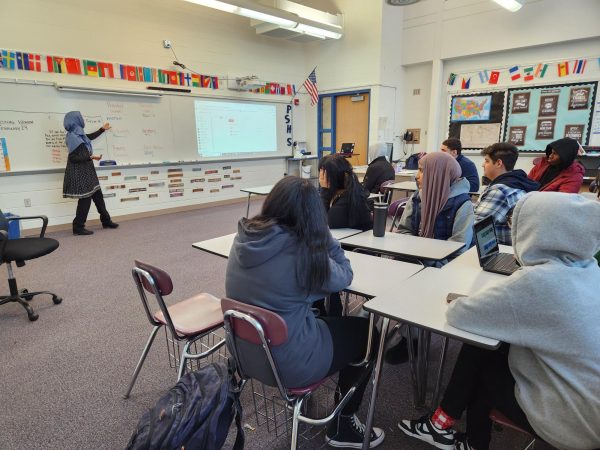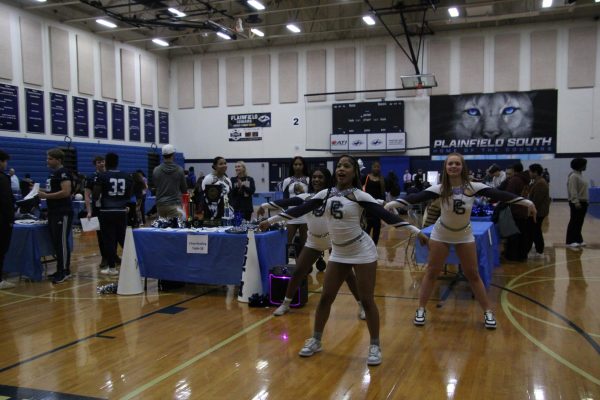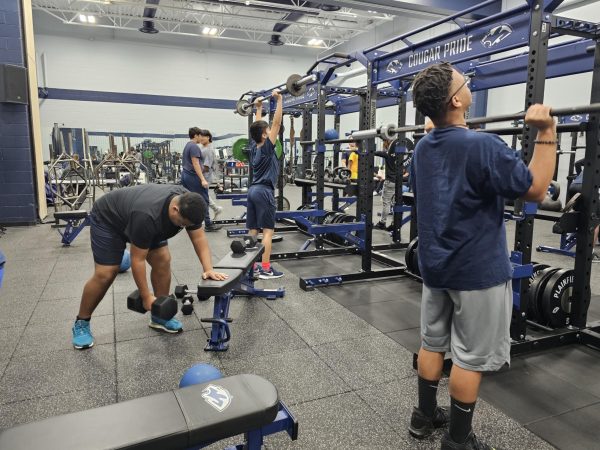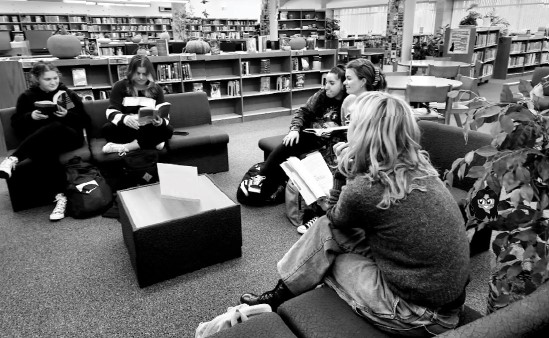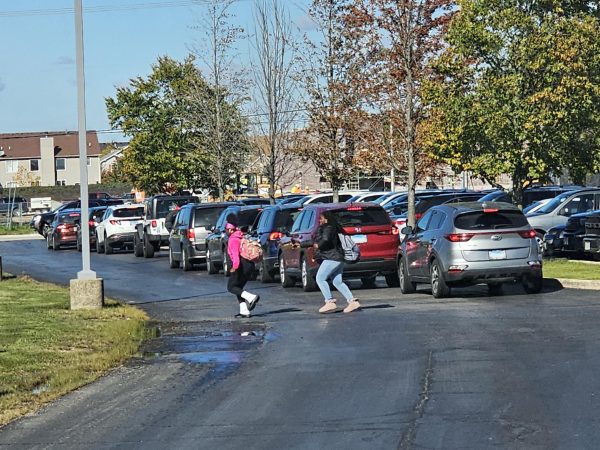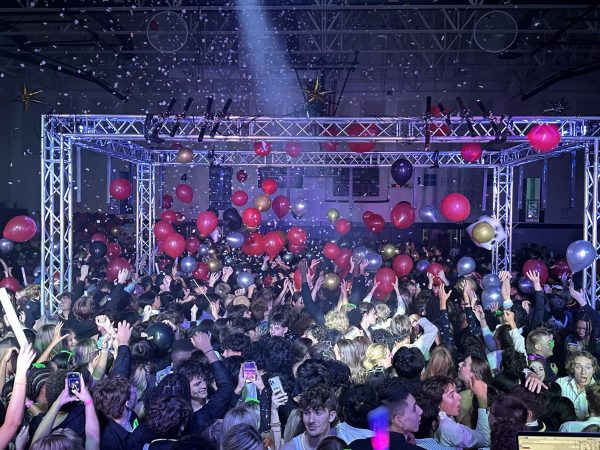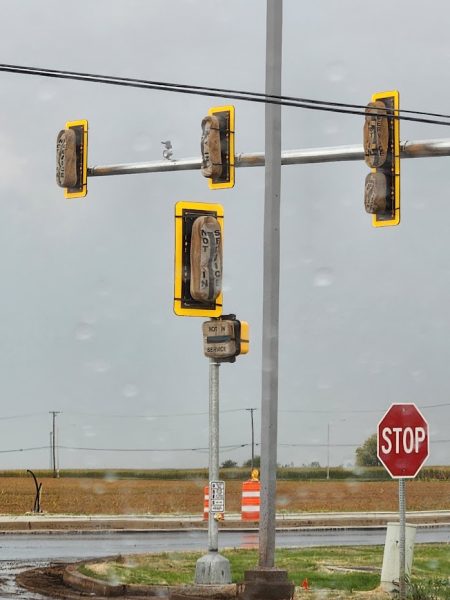Chicago suburb teachers, students discuss online versus hybrid learning
February 3, 2021
As schools transition from strictly online to a hybrid learning environment, Chicago suburb students and teachers discuss their concerns and benefits.
Hybrid possesses a multitude of advantages and disadvantages for students and teachers. Maleena Leech, a junior participating in hybrid learning at Minooka Community High School, reflects on one condition that supports her greatly.
“I do have about 45 minutes of one on one learning with my teacher,” Leech said.
The importance of time spent between teachers and students one on one is noticed not only by students, but teachers as well.
“With hybrid learning, there are fewer students in the classroom at once so it is easier to work with the in-person students one-on-one,” said Lenora Murphy, a hybrid English teacher at Minooka Community High School.
The importance of student and teacher interactions extend far beyond that of educational purposes.
According to Emma Forsberg, an online teacher at Plainfield South High School, “definitely the biggest challenge for me, and I think a lot of teachers and students, would be missing some of the social interaction. Like the little kind of interactions that you would have in the classroom.”
Forsberg’s concerns regarding lack of social interactions are supported by online students. Allie Holba, senior at South, feels the setbacks to remote learning.
“Strong teacher to student relationships and student to student relationships are missing with online school,” Holba said.
The lack of social interaction noticed by students and staff of online schools has had a significant impact on their mindset. Social interaction is not just kids wanting to hang out with their friends or adults wanting to discuss the latest news. It also involves the spreading of culture, kindness, and wisdom. There have been a plethora of studies which have found a positive correlation between social interaction and overall health.
The lack of social interaction created by online schooling has a far greater impact than expected. Holba discusses her experience with daily zoom calls for school.
“I have had less motivation in my daily life since starting online school,” Holba said.
The lack of social interaction surrounding school has not only impacted students’ work ethics and motivation for school, but also their daily lives. While hybrid learning does reintroduce some aspects of social life that are missing with online school, there are concerns expressed by staff and students regarding hybrid learning.
“My biggest concern is that people get too relaxed with COVID regulations,” Leech said.
The concerns regarding hybrid learning reach beyond those of health and safety. Academics and the opportunity to learn are jeopardized. Murphy expresses concern regarding the limited class time caused by hybrid leaning.
With shorter class periods, normal student tardiness, time taken for attendance, and for students to take out or put away materials, class time in a hybrid setting is significantly smaller than before. The shortened time for learning paired with typical life setbacks such as illness or family issues contributes to a difficult learning environment. Murphy notices it is very easy for students to fall behind in their work.
Both online and hybrid learning have their pros and cons, but staff and students alike have faced these challenges head on. The unpredictable situation brought forth by COIVD-19 nearly a year ago has caused significant shifts in societal norms. On a note of positivity, Emma Forsberg acknowledges a silver lining.
“I am so impressed with the staff. I mentioned the support system and having the support of administration and other teachers, but also just how much students have really risen to the occasion and have really shown just how resilient they are,” Forsberg said.

